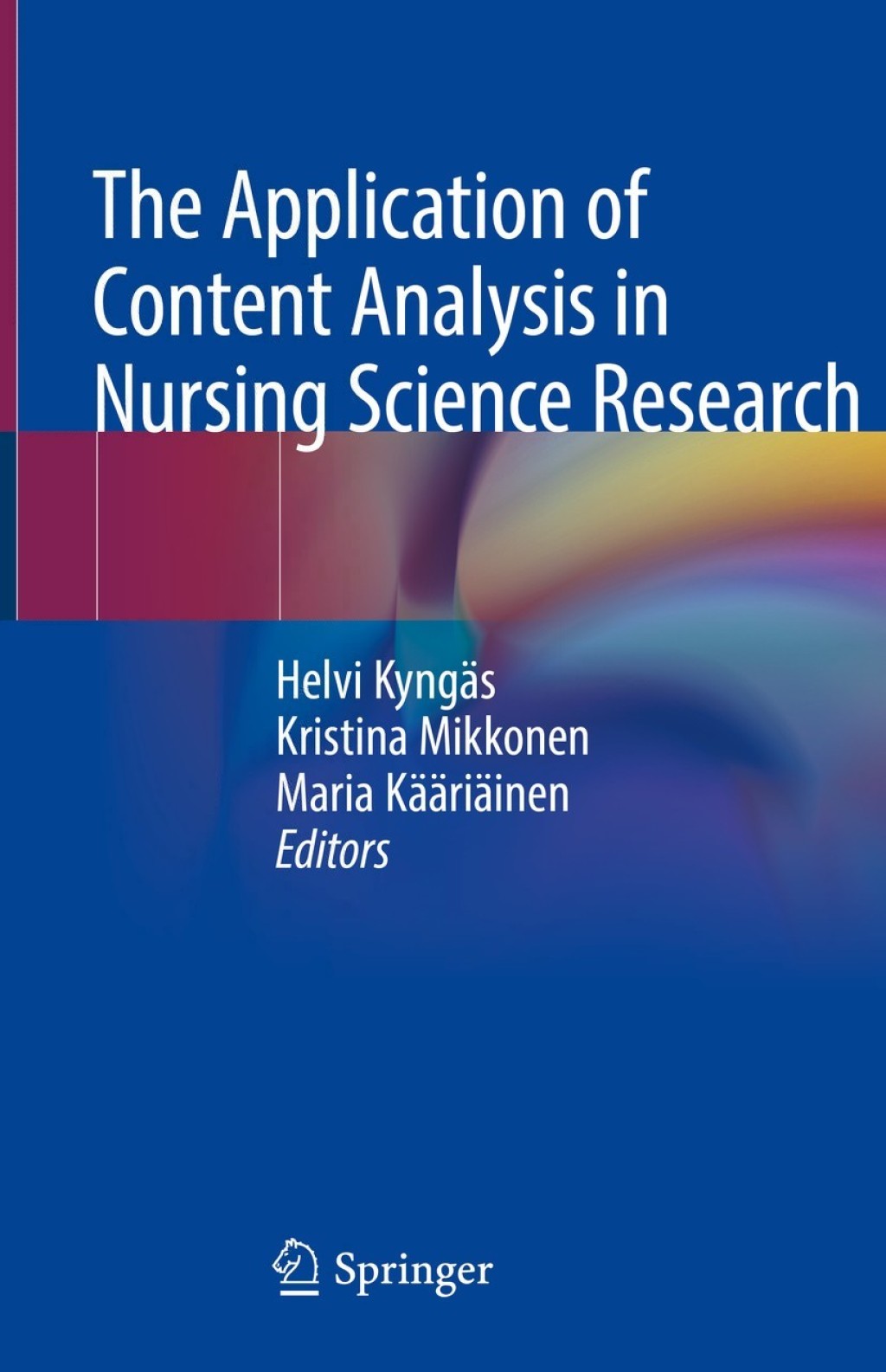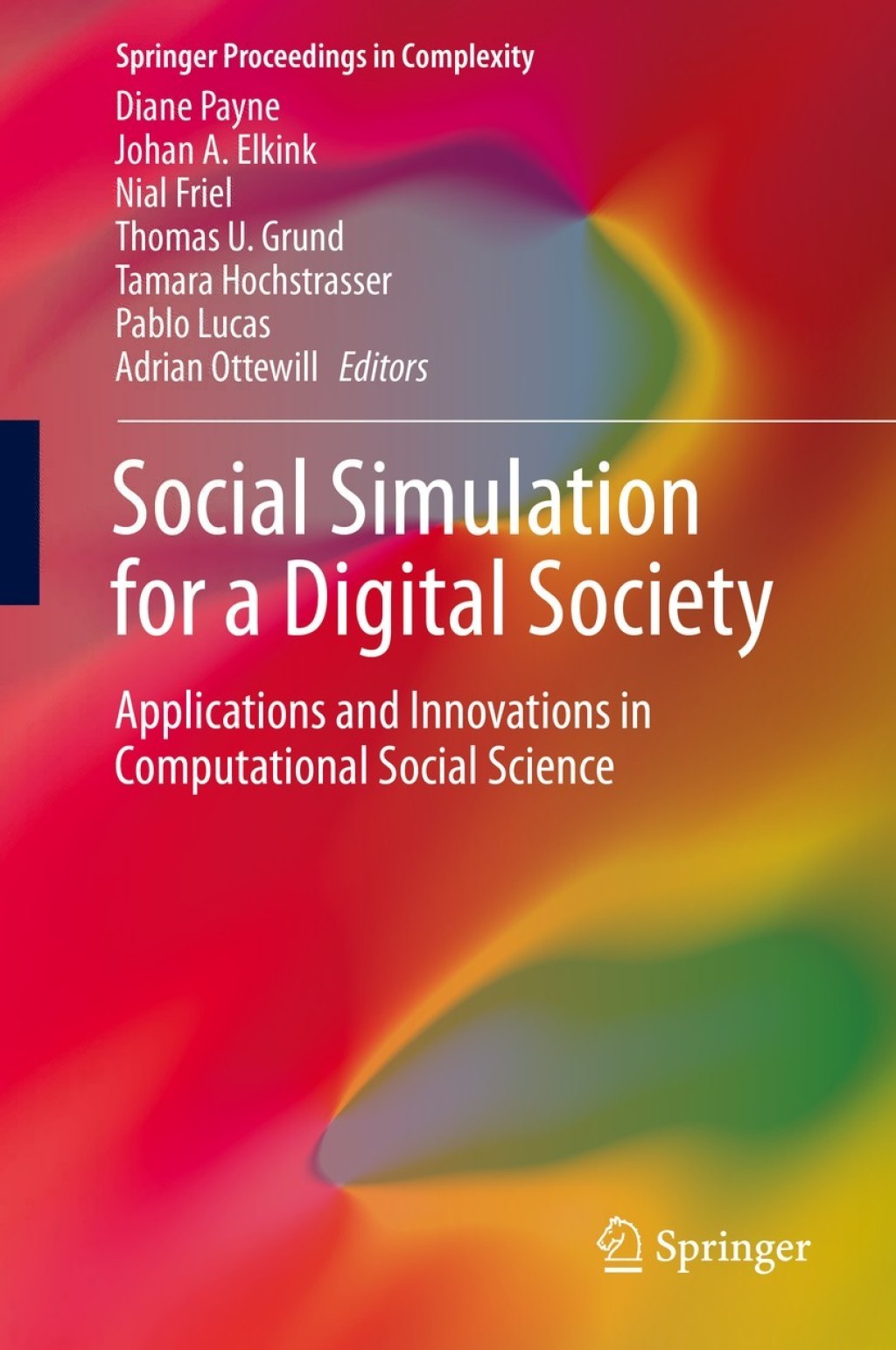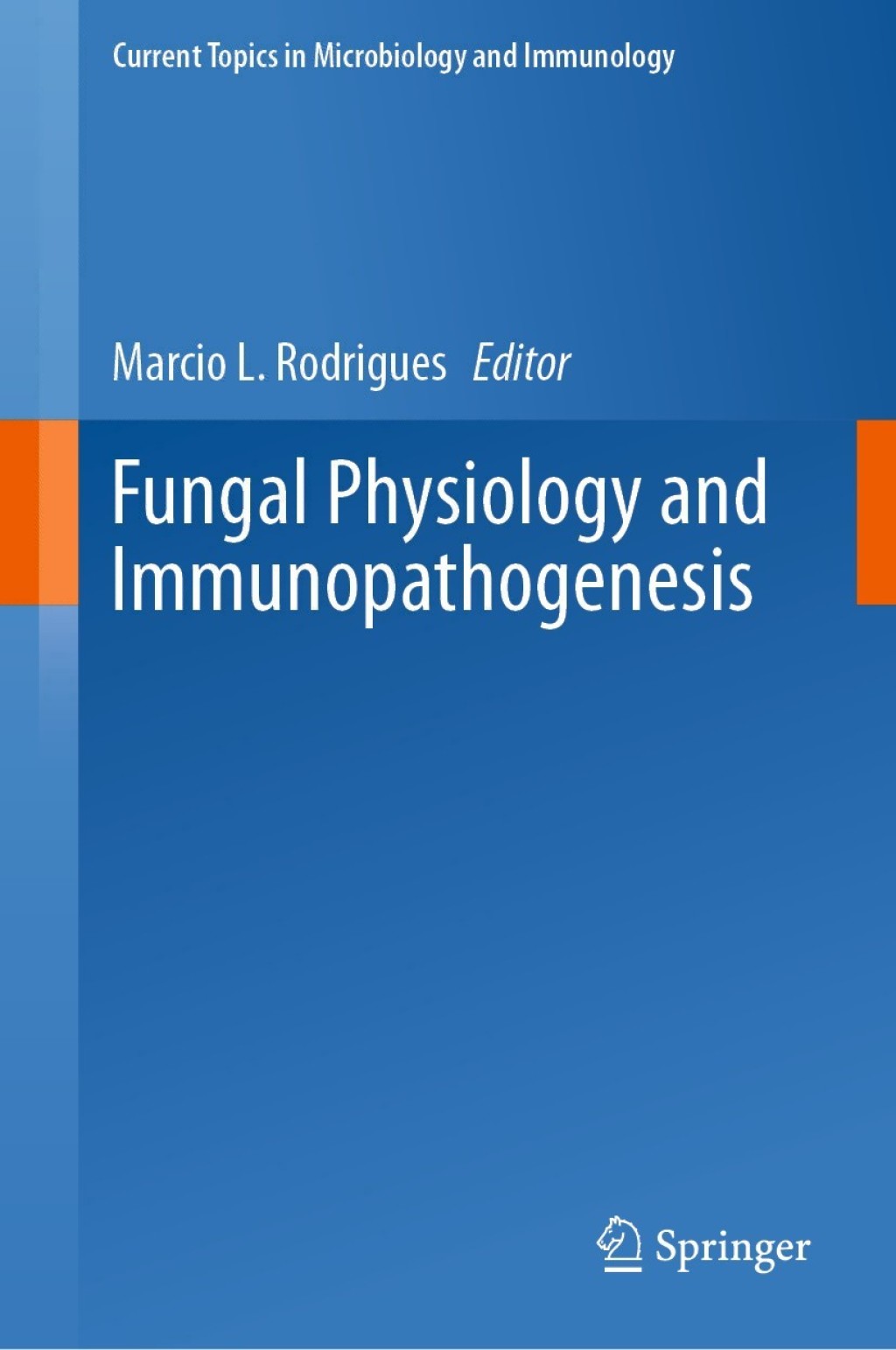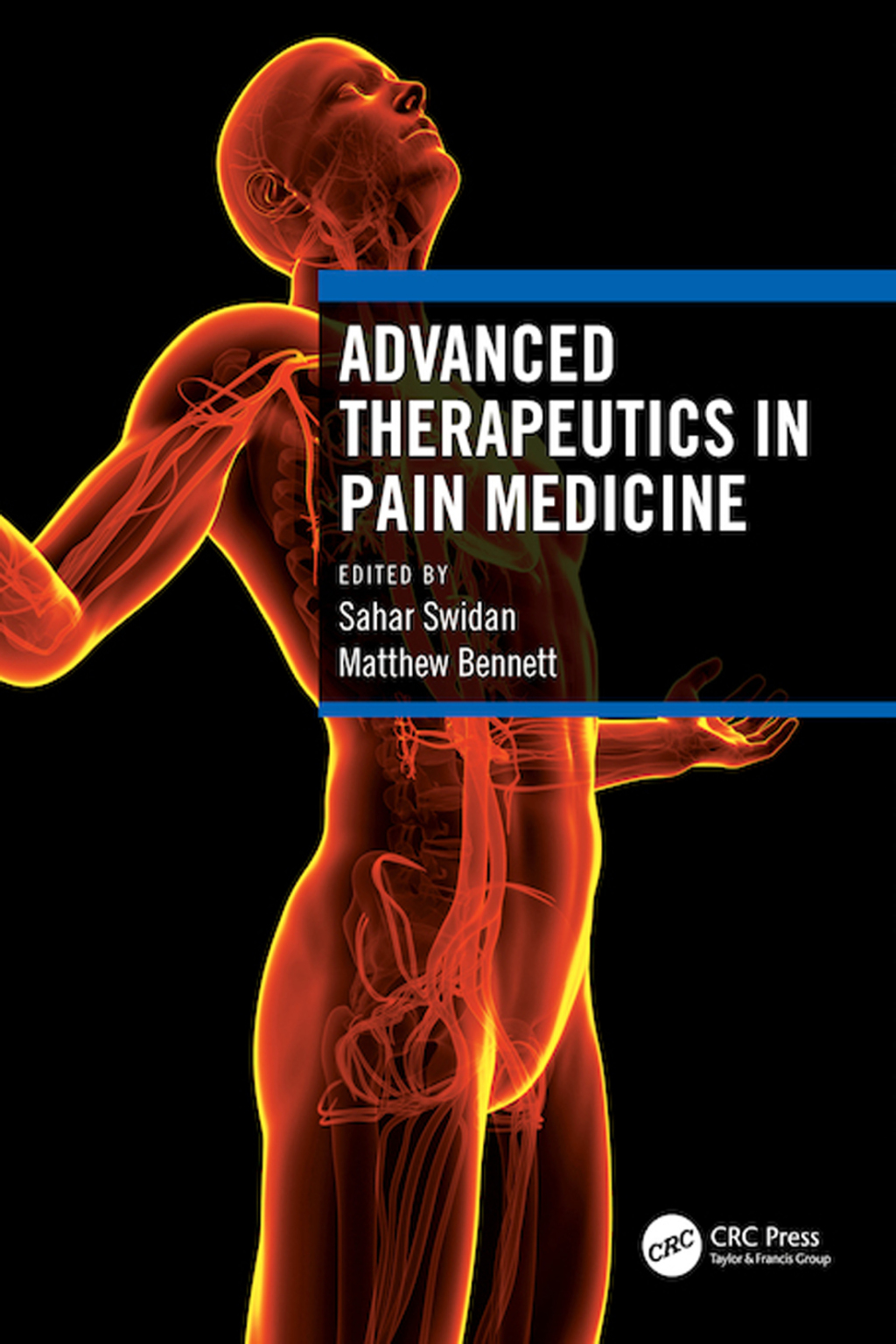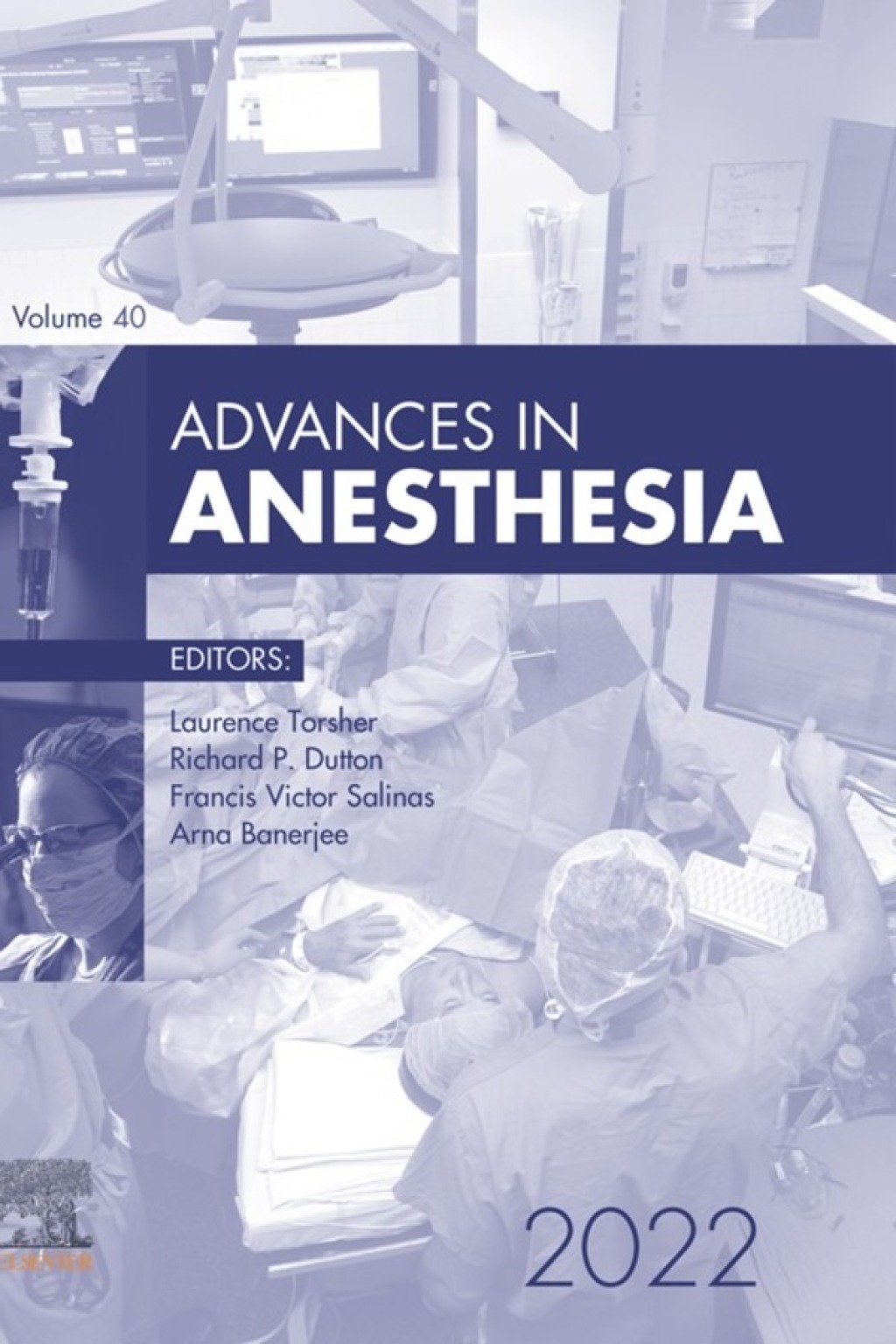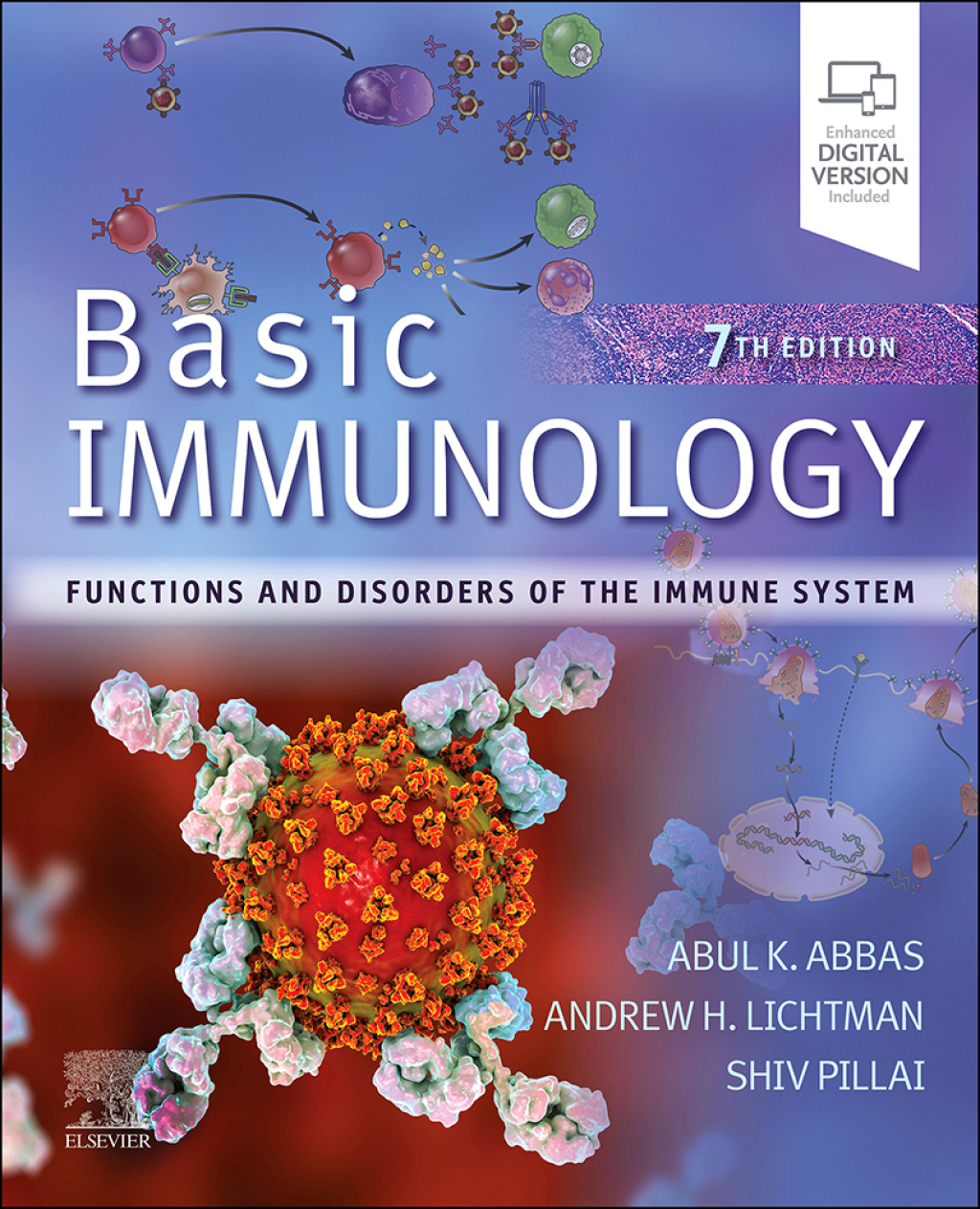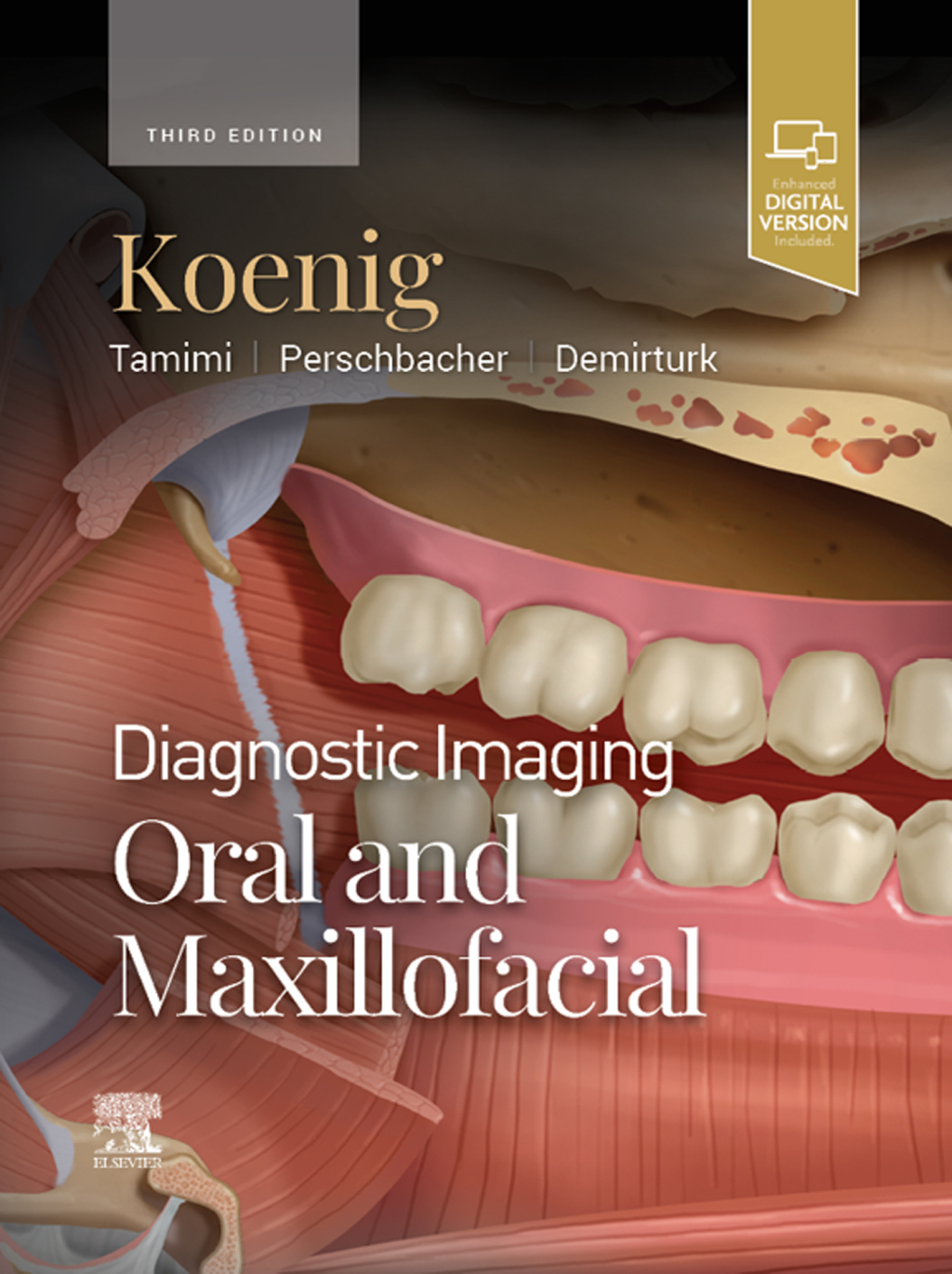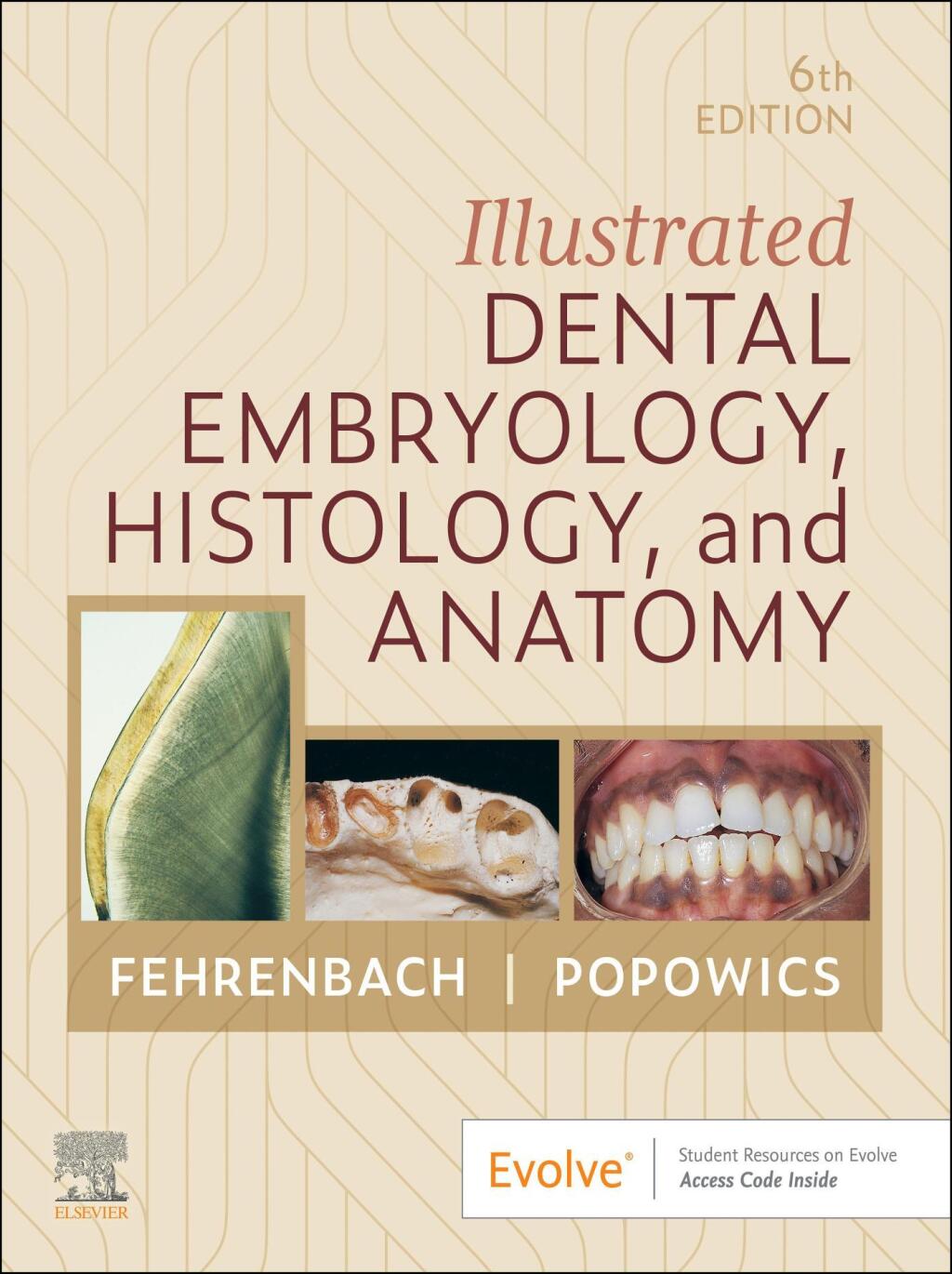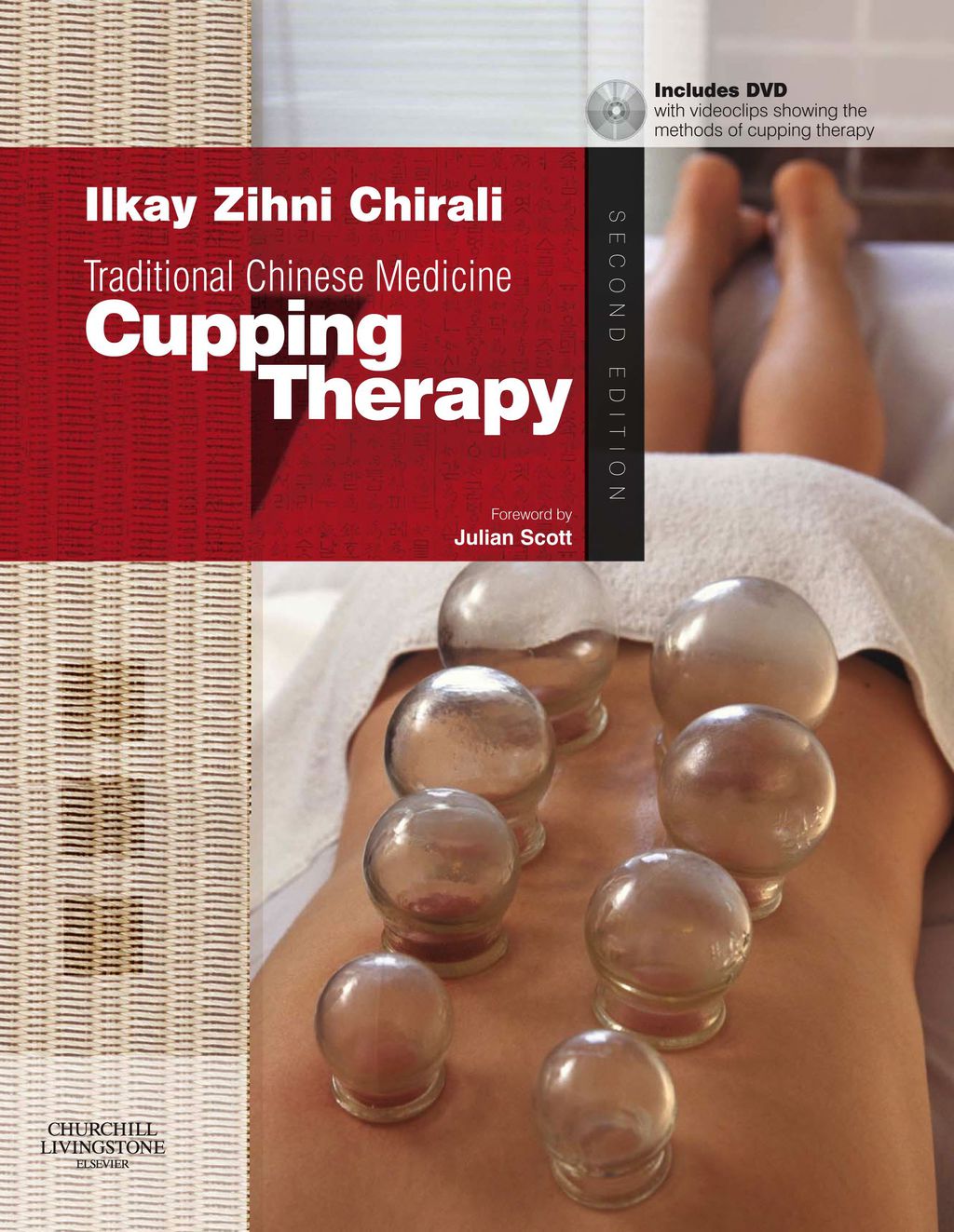This volume offers an overview of the various aspects involved in the ability of fungi to damage host cells, and discusses cutting-edge approaches to the study of fungal pathogenesis. The first chapter illustrate the key roles of glycans and pigments, the most abundant surface components in fungal cells, in their interactions with host cells. The connections between cellular physiology and fungal pathogenesis are then discussed in the following chapters. Physiology-related processes affecting pathogenesis include fungal secretion, morphological transitions, and response to light. In turn, the book illustrates mechanisms of damage to host cells using the Histoplasma capsulatum model of infection, and reviews the use of transcriptomic approaches to understand the mechanisms of interaction between fungal cells and host tissues. After a discussion of the immunological mechanisms underlying host susceptibility to fungal infections, the book’s closing contribution reviews the mechanisms of interaction between fungi and other microbes, and the impact of this association on fungal pathogenesis. Given its scope, the book will appeal to scientists in the fields of mycology, microbiology, infectious diseases, biology and medicine.
“Human Growth Hormone” has been added to your cart. View cart
Fungal Physiology and Immunopathogenesis
Author(s): Marcio L. Rodrigues
Publisher: Springer
ISBN: 9783030302368
Edition:
$39,99
Delivery: This can be downloaded Immediately after purchasing.
Version: Only PDF Version.
Compatible Devices: Can be read on any device (Kindle, NOOK, Android/IOS devices, Windows, MAC)
Quality: High Quality. No missing contents. Printable
Recommended Software: Check here

